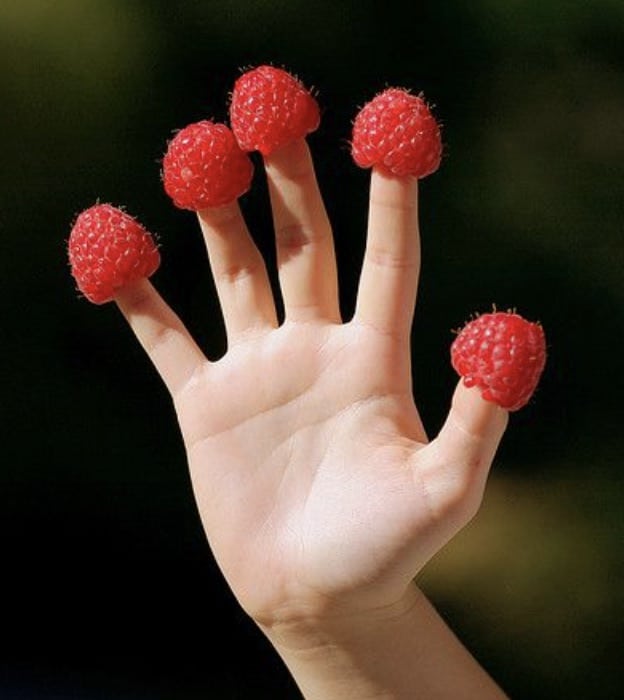The focus of these activities is not on counting but on instantly recognizing combinations to five. These activities are a combination of recognizing and just knowing groupings to five, which will strengthen our young children’s base for continued mathematical development.
******************************
BLAST OFF!

A Game for 2 Young Players

1. Players are dealt 5 cards each.
2. Taking turns, players try to find 2 cards in their hand that have 5 black dots in total.
3. If the player has 2 cards that add to 5 they put the cards down and cover one of the 5’s on their rocket with a counter.
4. Only one number may be covered in a turn.
5. If a player can not make a 5 they must pick up a card.
6. If the player is left with 1 or no cards in their hand after their turn they may pick up a card(s) so they have 2 cards.
The first person to fill up their Blast Off rocket is the winner!
BLAST OFF GAME BOARD.
BLAST OFF – game cards PDF
***************************

COUNT ON ME
We all use our fingers to count sometimes, but do we all use them the same way? This activity gives our children an opportunity to use their fingers for counting and explore the multiple ways of using fingers to count the same number.
*******************************
Ask your children how they count five using one or two hands.
1. How do you use your fingers on one hand (or two hands) to count to 5?
2. What are all the different ways of counting three on two hands?
Here are more questions to explore:
? Which number from 1-10 will have the most ways of counting using two hands?
? Which number will have the least ways for counting using two hands?
? What is the most common way of counting three with fingers? What is the least common way of counting three with fingers?
Count On Me Recording Sheet pdf


